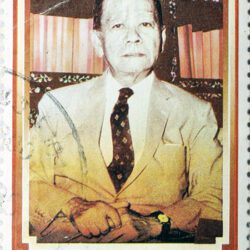
Phya Anuman Rajadhon พระยาอนุมานราชธน (1888-1969), who became known by his pen name Sathiankoset, can be regarded as one of the most influential pioneers, if not the founder, of modern Thai anthropology.
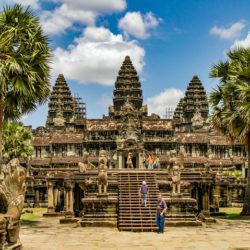
Have you ever been to Cambodia to visit the Angkor Wat in Siem Reap, the almost thousand-year-old temple, the world's largest religious building? Still a long journey from Thailand and it would have been close to seeing the Angkor Wat in Bangkok, more or less on the spot where the Central World now stands.
The historical roots of Muay Thai
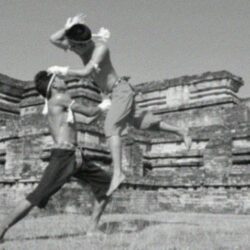
The origin of the wildly popular Muay Thai, colloquially but not quite rightly called Thai boxing, has unfortunately been lost in the mists of time. However, it is certain that Muay Thai has a long and very rich history and originated as a close combat discipline used by the Siamese troops on the battlefield in hand-to-hand combat.
Negritos in Thailand

'Come and see that: no man, no animal.' We are writing 1994. When tourists have spent a day fishing on the 'sailfish' on Phuket, it sounds 'come and see that, come and see that. See these incredible creatures'. It is like circus entertainment where Mani people are exhibited. The nursing woman with bare breasts, next to her husband and son who blow balloons. Scared and shy. The Thai tourists pay 25 baht.
The Khorat-Thai, an (almost) forgotten minority
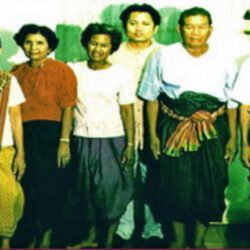
Thailand is today a melting pot of all kinds of peoples and cultures. One of the smallest and therefore almost disappeared minorities are the so-called Khorat-Thai (ไทยโคราช) who often describe themselves as Tai Beung (ไทยเบิ้ง) or Tai Deung (ไทยเดิ้ง).
Thao Suranaree, the heroine of Nakhon Ratchasima
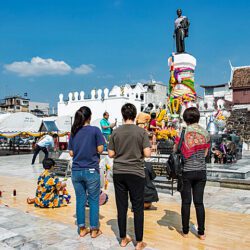
Nakhon Ratchasima (Korat) has his own hero and even a lady, Thao Suranaree (Mo). There are several versions about her "heroic deeds" and it is also questionable whether it really happened.
The eventful history of the VOC outpost near Phuket
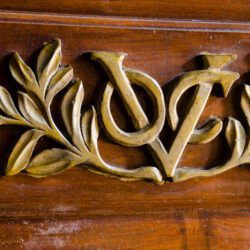
Phuket, the largest Thai island, undoubtedly exerts a great attraction on the Dutch. This is not only the case today, but it was also the case in the seventeenth century.
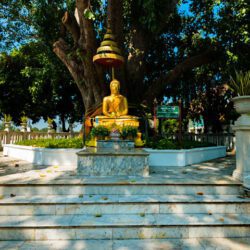
It is often said that Buddhism and politics are inextricably linked in Thailand. But is that really so? In a number of contributions for Thailand blog I look for how both have related to each other over time and what the current power relations are and how they should be interpreted.
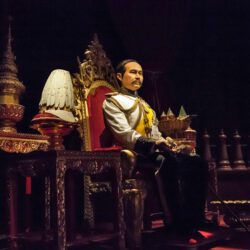
At the end of the nineteenth century Siam was, politically speaking, a patchwork of semi-autonomous states and city-states that was in one way or another subservient to the central authority in Bangkok. This state of dependence also applied to the Sangha, the Buddhist community.
The 'Revolution That Never Happened'
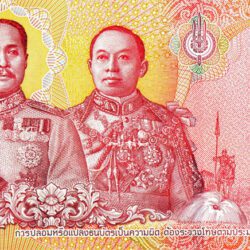
The 1932 Revolution was a coup that ended the absolutist monarchy in Siam. Without doubt a benchmark in the modern historiography of the country. In my view, the palace revolt of 1912, which is often described as the 'revolt that never took place', was at least as important but now even more hidden between the folds of history. Perhaps partly due to the fact that there are many parallels to be drawn between these historical events and the present…
'Au Siam', the fascinating travelogue of the Jottrands
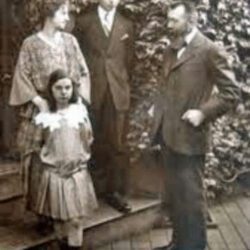
Regular readers of Thailandblog know that I occasionally reflect on a striking publication from my well-stocked Asian work library. Today I would like to reflect on a booklet that rolled off the presses in Paris in 1905: 'Au Siam', written by the Walloon couple Jottrand.
The House of Bunnag: Persian Influence in Siam
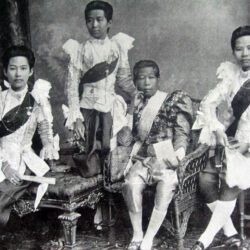
Tino Kuis also pointed out on Thailandblog the important role the Chinese played in the creation of today's Thai nation. The story of the Bunnag family proves that it was not always Farang, Western adventurers, merchants and diplomats who exerted influence at the Siamese court.
The VOC Factory in Ayutthaya
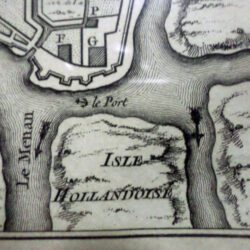
In my rather extensive collection of historical maps, plans and engravings of Southeast Asia, there is a nice map 'Plan de la Ville de Siam, Capitale du Royaume de ce nom. Leve par un ingénieur françois en 1687.' In the corner of this fairly accurate Lamare map, at the bottom right of the harbour, is the Isle Hollandoise - the Dutch Island. It is the place where 'Baan Hollanda', the Dutch House in Ayutthaya, is now located.
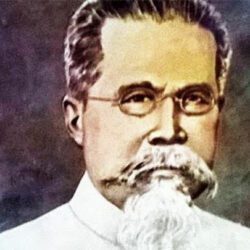
Few have exerted such an influence on civic and social life in Siam in the last quarter of the nineteenth century as Tienwan or Thianwan Wannapho. This was not obvious because he did not belong to the elite, the so-called Hi So who ruled the kingdom.
Antiquity in decline
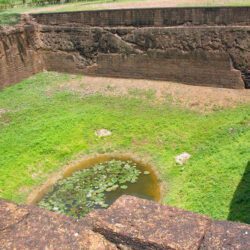
The cities of Sukhothai and Ayutthaya, once the capitals of the kingdoms of the same name, are the undisputed top monuments of Thailand. A visit to the country without having visited at least one of these world-famous archaeological monuments is almost unthinkable. Both old towns are still well preserved and have been declared World Heritage by Unesco.
Getting to know prehistoric Thailand…
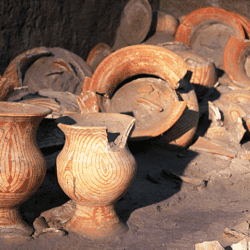
No, dear reader, do not be fooled by the title of this piece. This article is not about the strange political manners and customs in this country, but about the history of the area that we know today as Thailand. After all, this is one of the oldest inhabited regions in Southeast Asia.
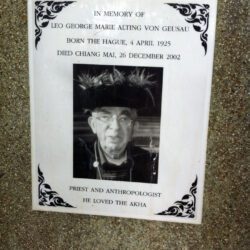
Leo George Marie Alting von Geusau was born on April 4, 1925 in The Hague into a family that belonged to the old nobility of the German Free State of Thuringia. The Dutch branch of this family consisted of many senior officials and officers. For example, his grandfather Lieutenant General George August Alting von Geusau was the Dutch Minister of War from 1918 to 1920.






